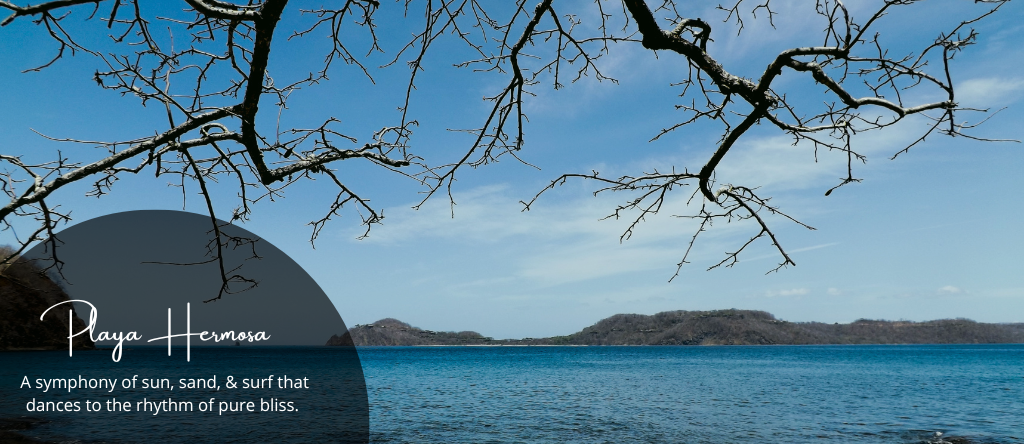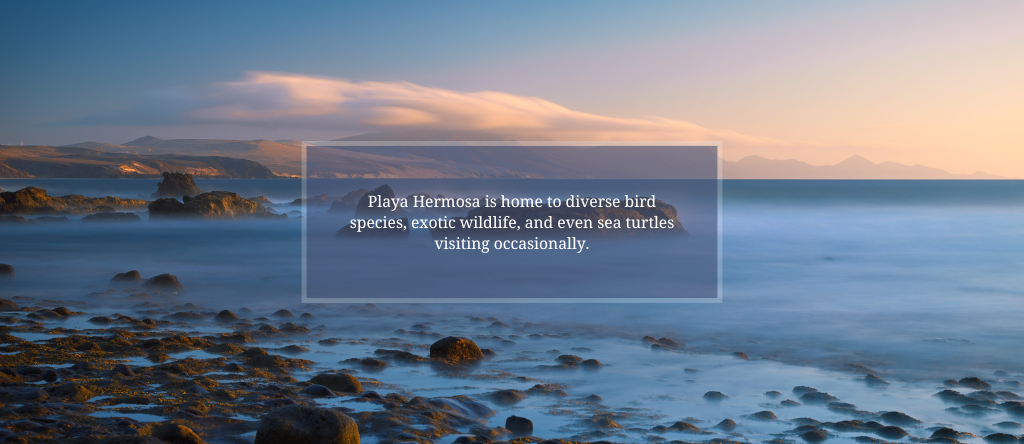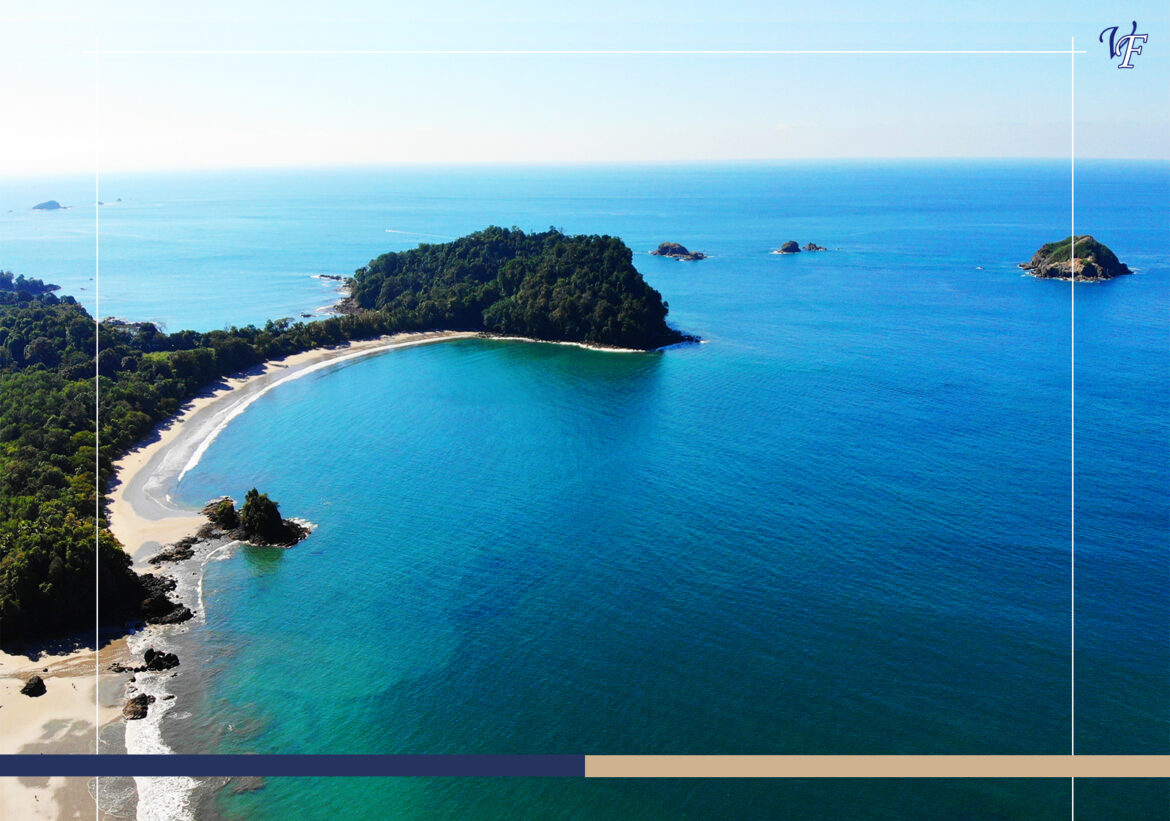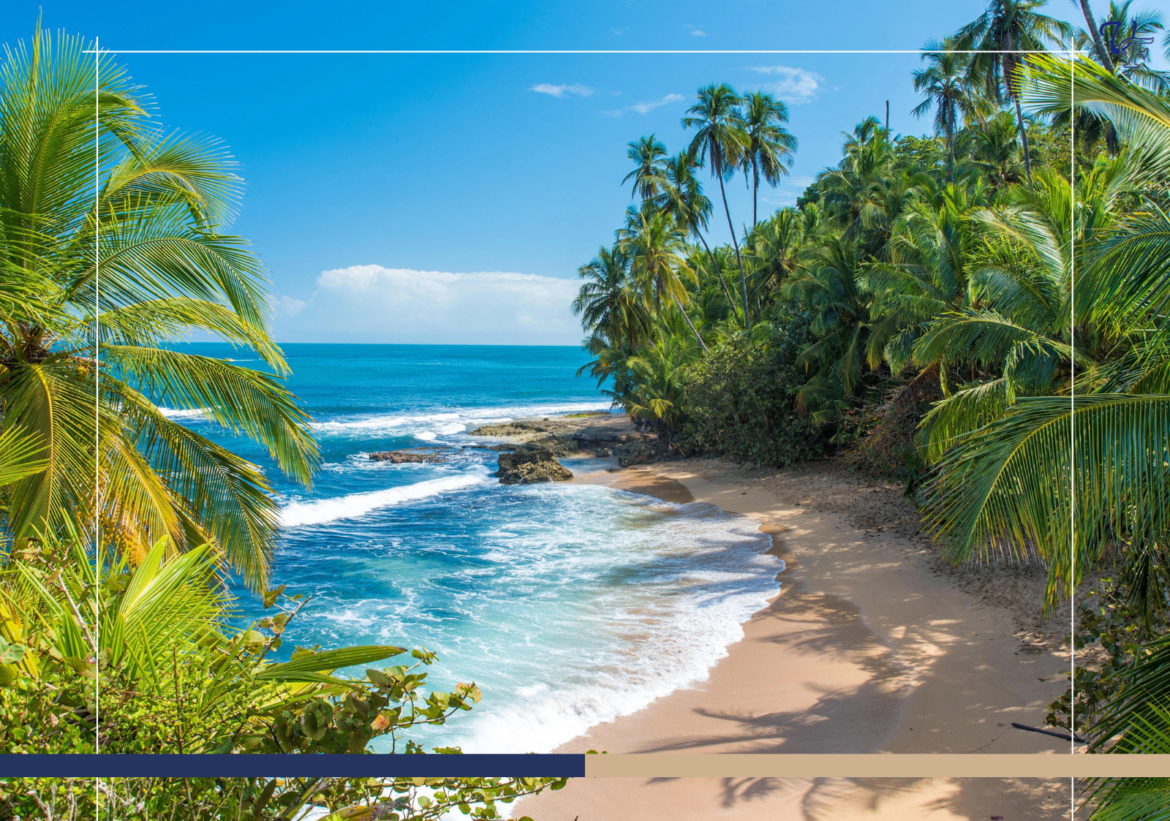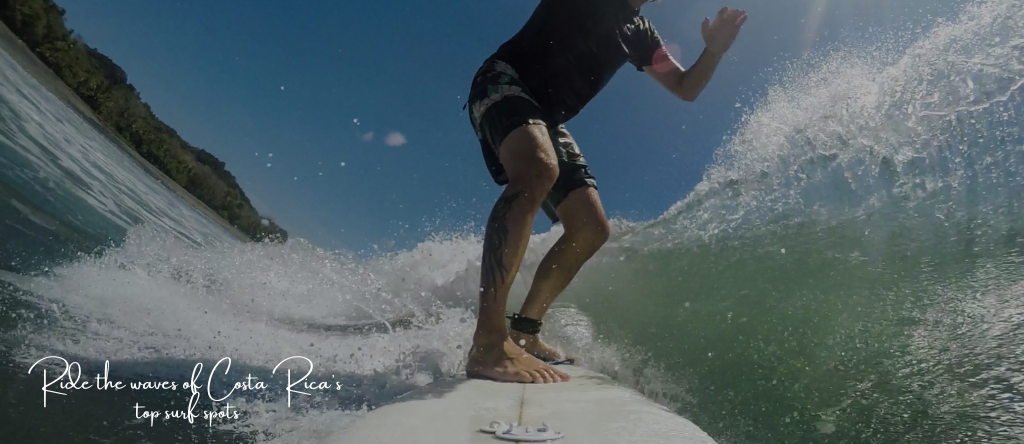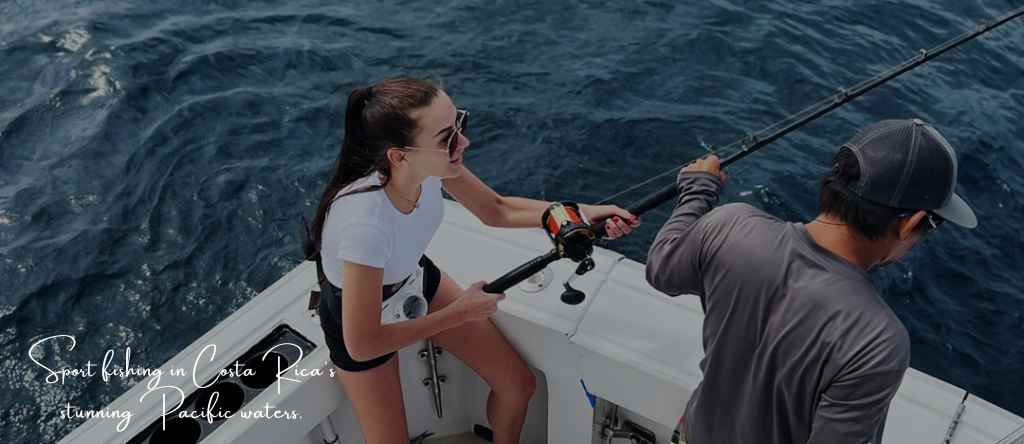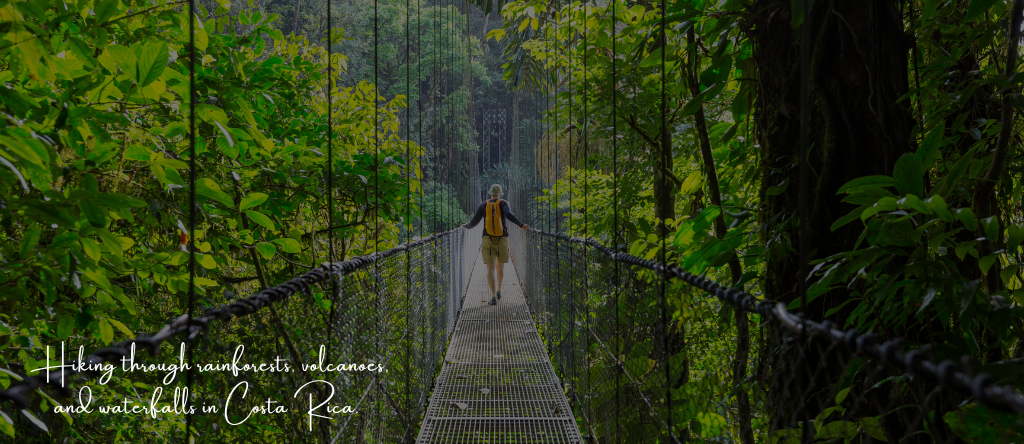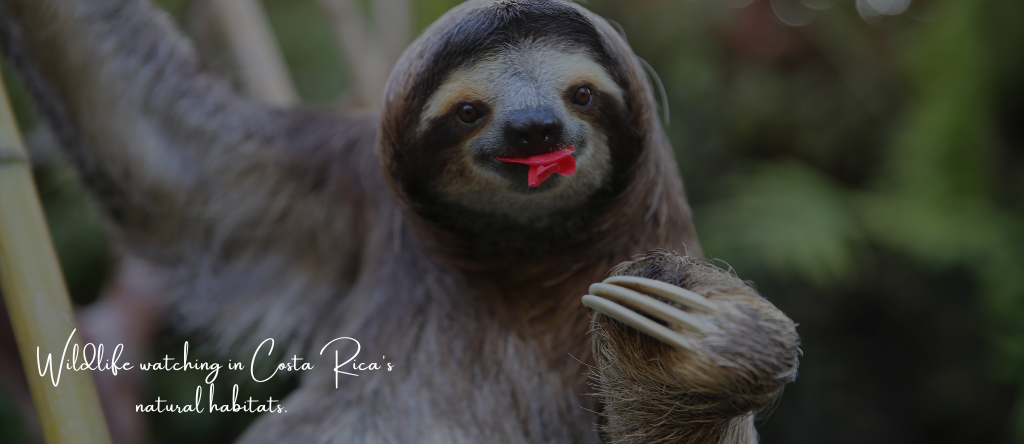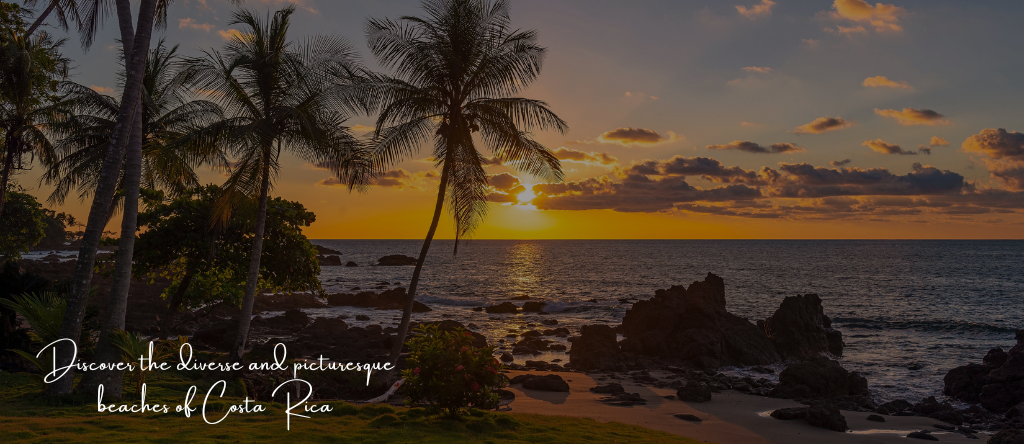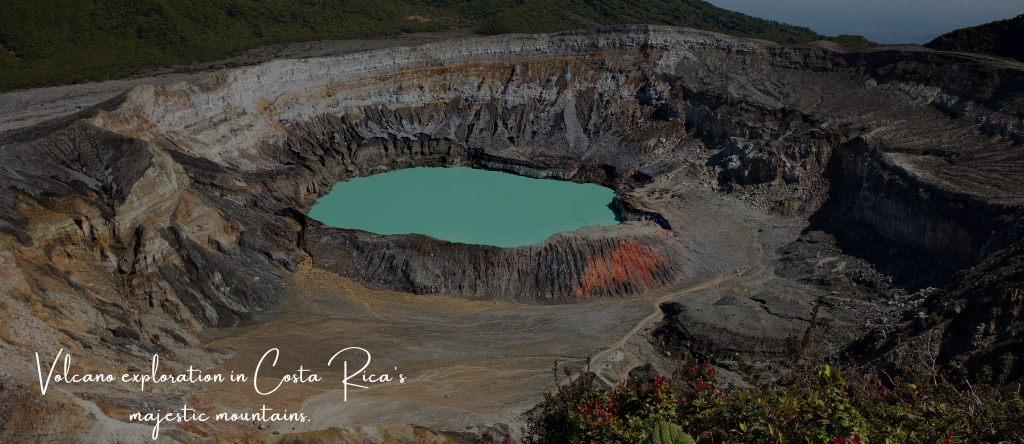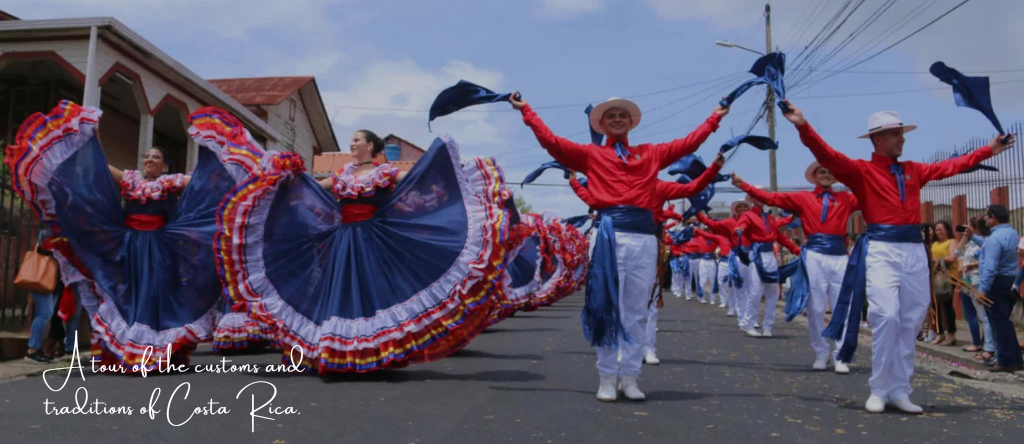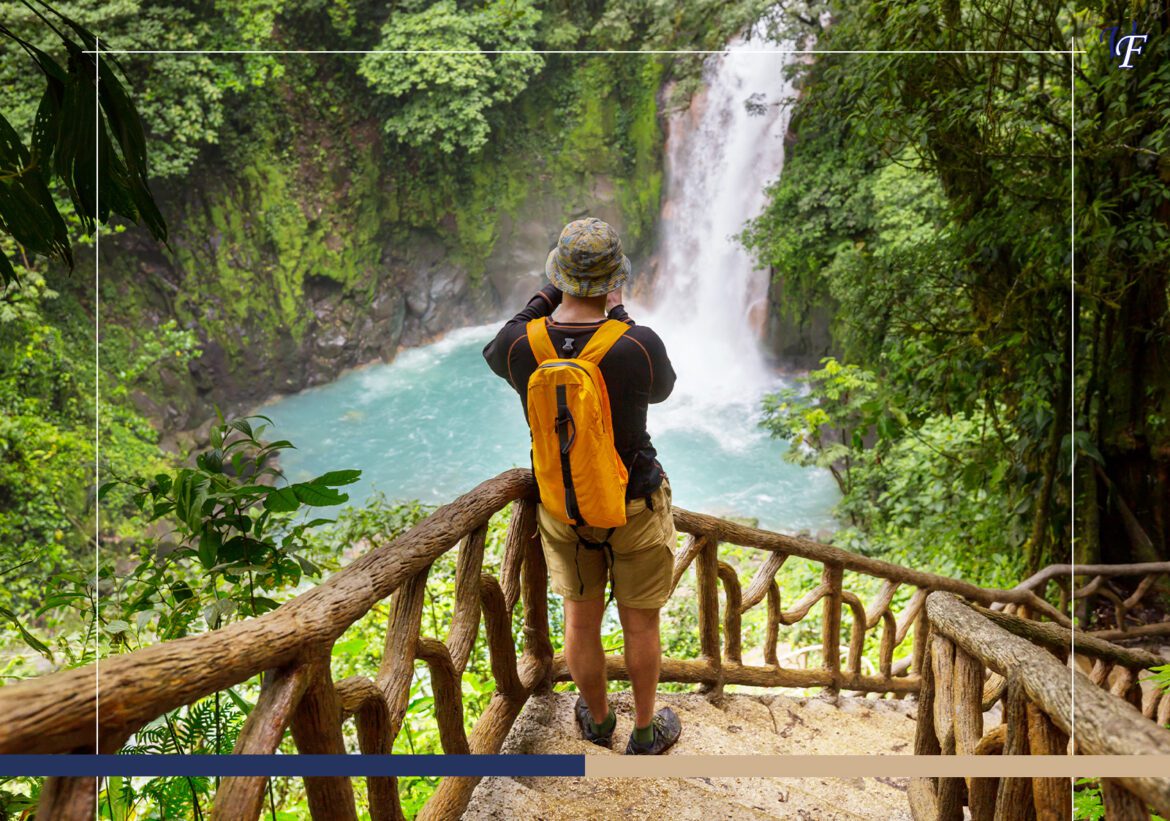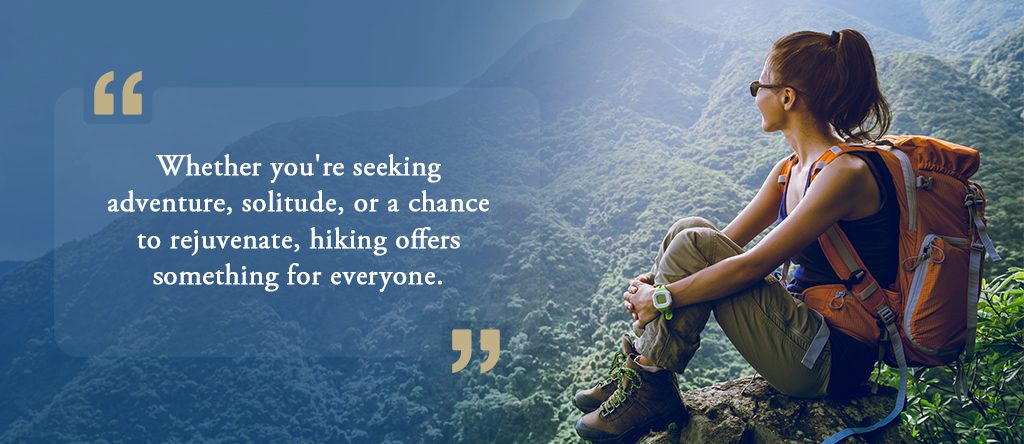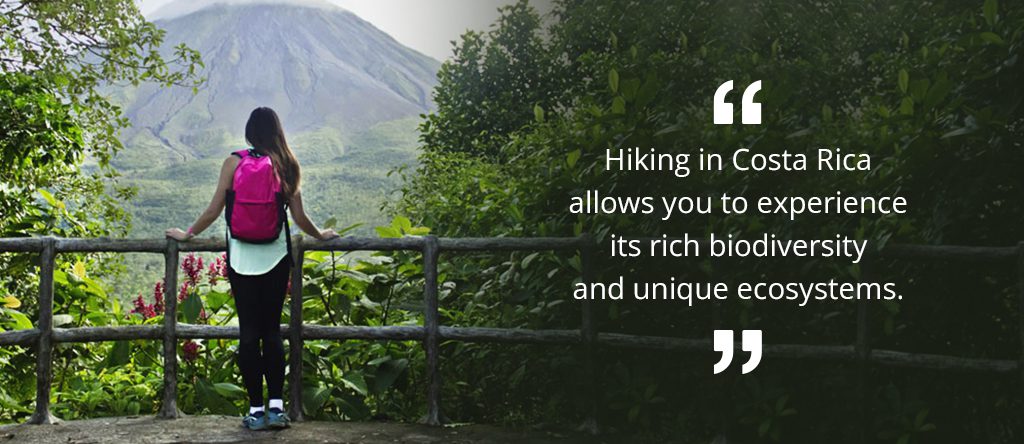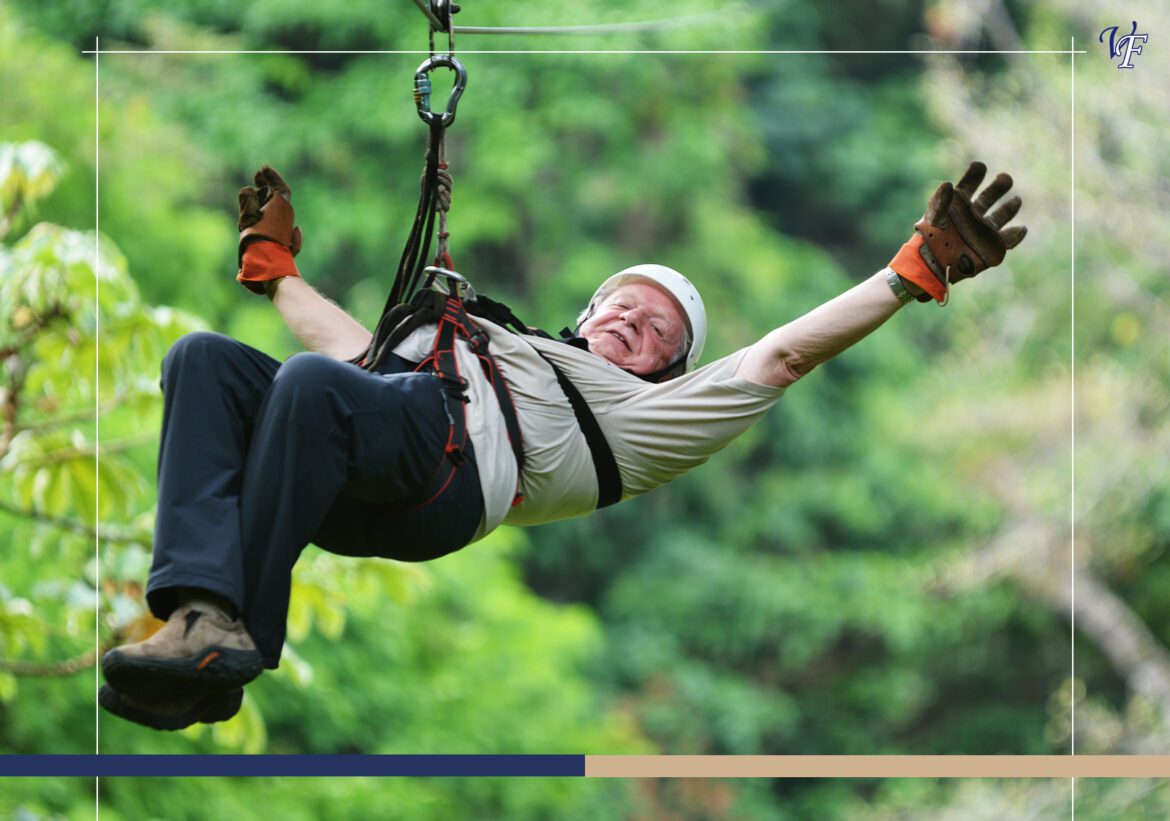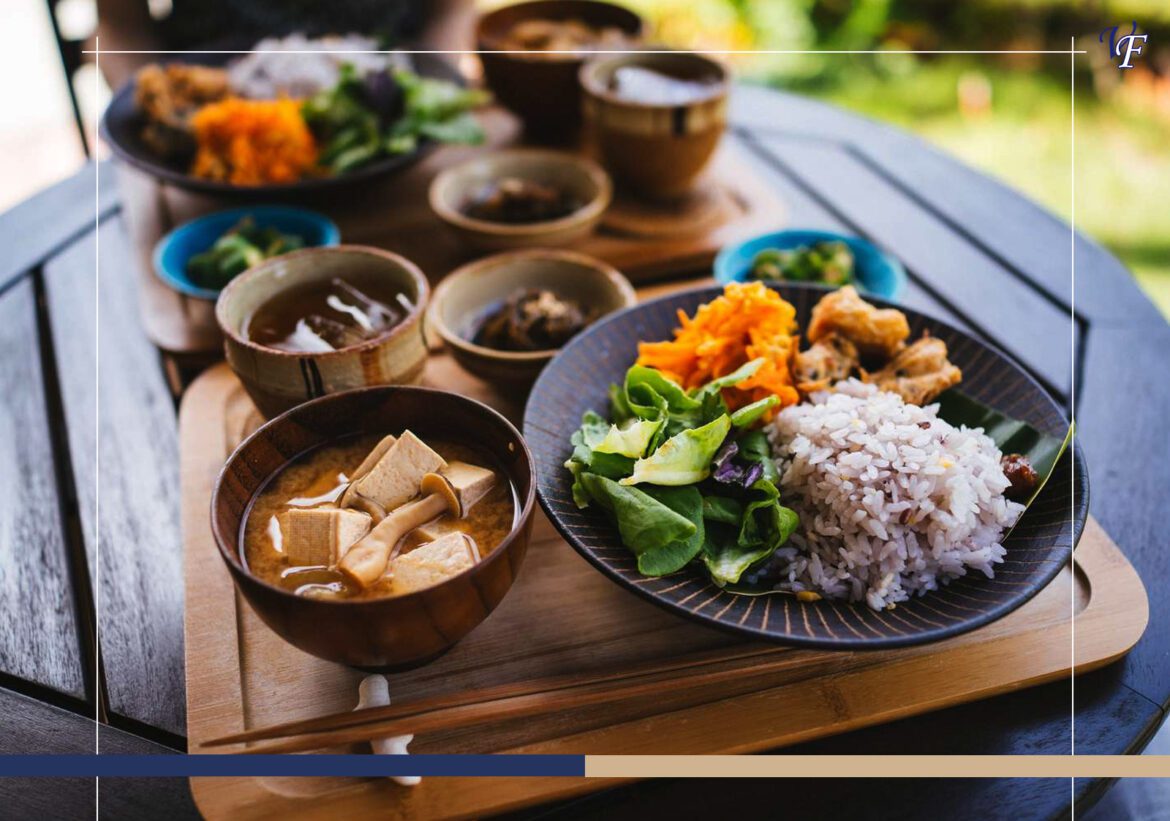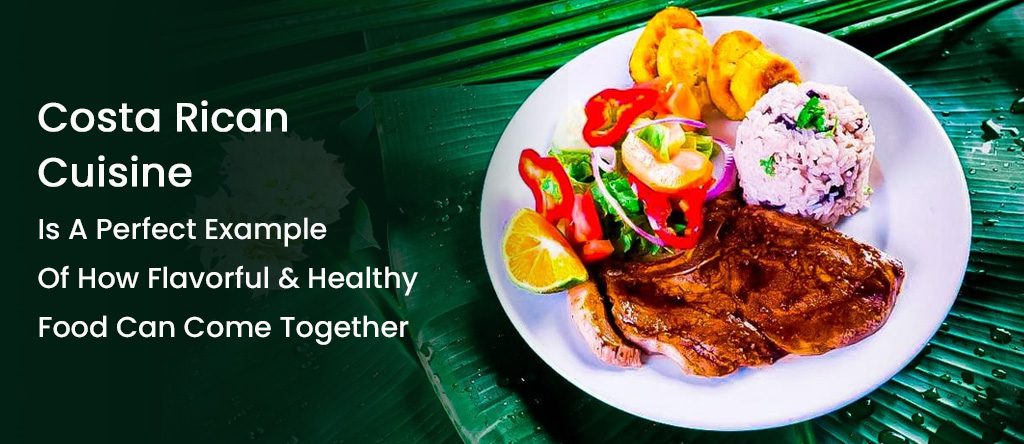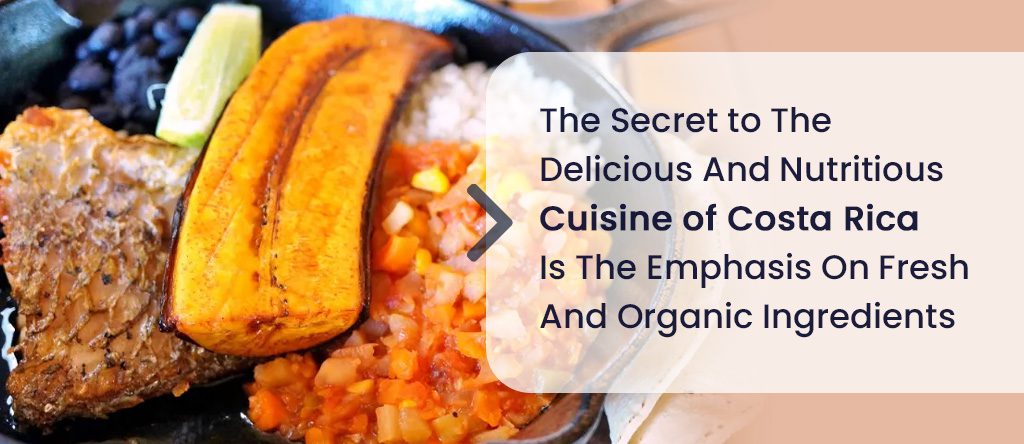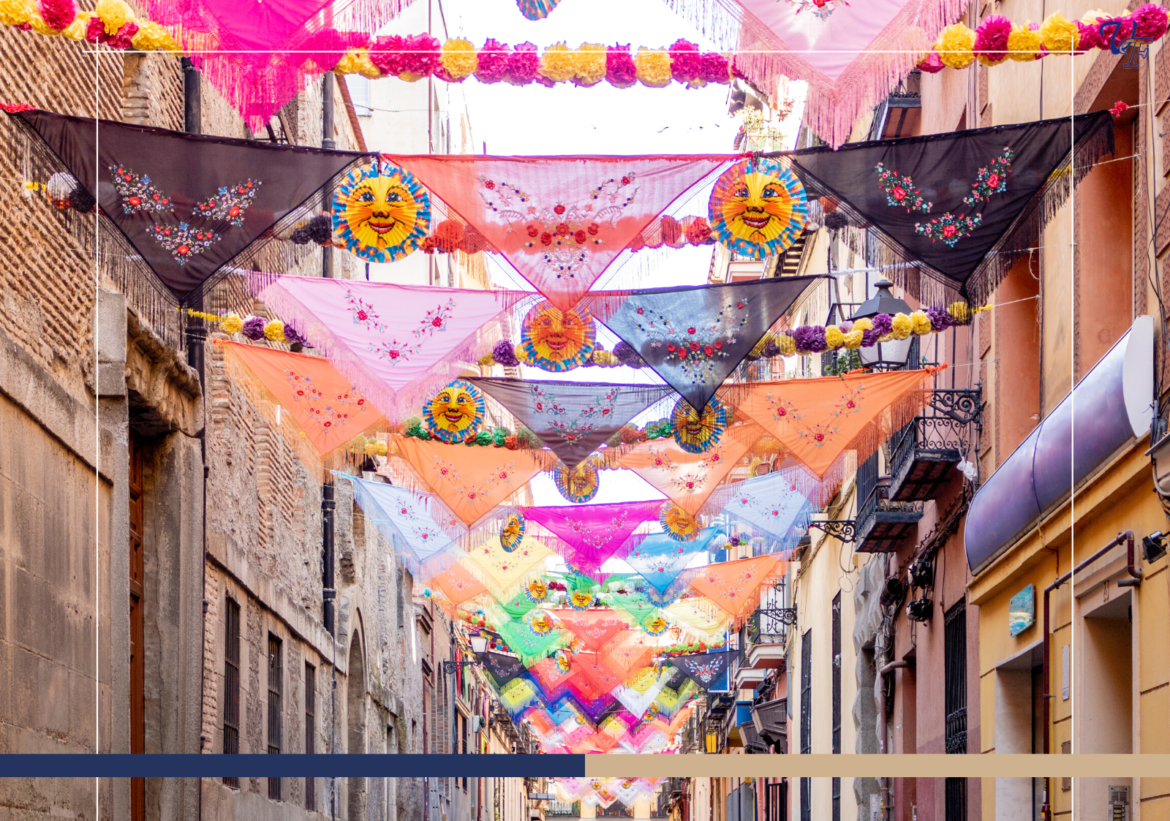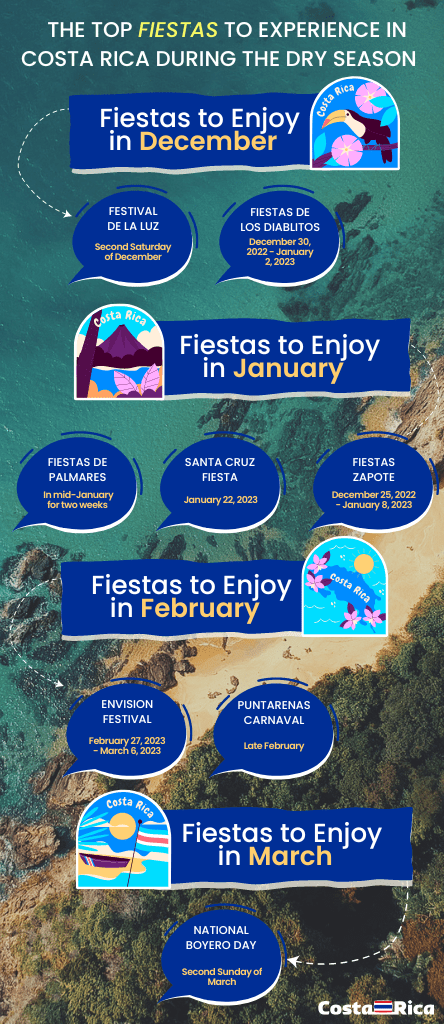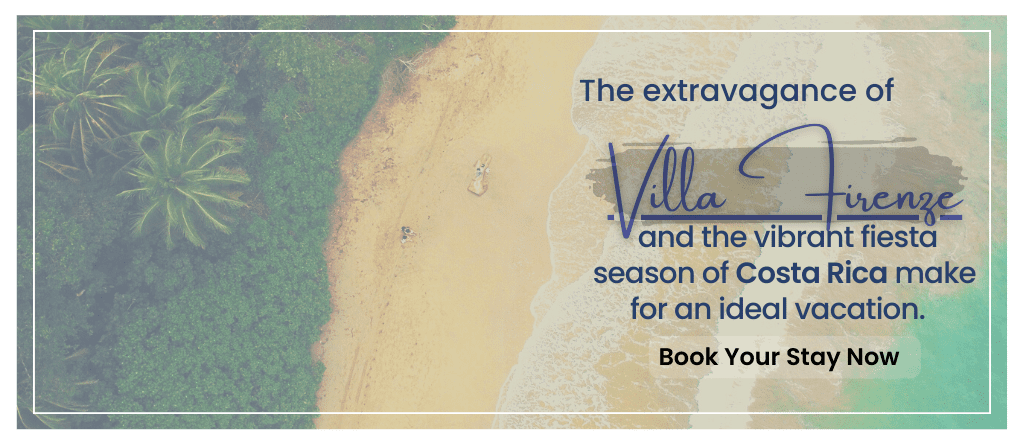Costa Rica, known for its natural beauty and diverse landscapes, is a paradise for outdoor enthusiasts. With lush rainforests, majestic volcanoes, and pristine beaches, this Central American gem offers many opportunities to connect with nature. Among the various activities that attract travelers worldwide, hiking is one of the most popular ways to explore Costa Rica’s stunning terrain.
With an extensive trail network that traverses the country’s national parks, reserves, and protected areas, Costa Rica offers a wide range of hiking experiences suitable for all skill levels. This blog aims to spotlight some of the best hiking destinations in Costa Rica while providing you with valuable insights and recommendations.
So, lace up your hiking boots, grab your backpack, and onboard on an unforgettable journey through hiking places in Costa Rica.
Hike Like a Pro with Some Expert Tips
When gearing up for a hiking adventure in Costa Rica, it’s essential to be prepared and equipped with the proper knowledge and gear. Let’s look at some essential things for safe and enjoyable hiking in Costa Rica. These hiking tips for Costa Rica will help you traverse the treks safely and with utmost enjoyment.
Proper Hiking Attire and Gear Recommendations
- Wear comfortable, moisture-wicking clothing suitable for the prevailing weather conditions. Lightweight and breathable materials are ideal for the tropical climate.
- Invest in sturdy hiking boots or trail shoes with good traction to navigate various terrains.
- Remember to wear a hat, sunglasses, and sunscreen to protect yourself from the intense sun rays.
- Carry a lightweight backpack to hold your essentials, including a rain jacket, insect repellent, a trail map, a first aid kit, and a camera to capture the breathtaking scenery.
Safety Precautions and Guidelines
- Always hike with a partner or in a group to enhance safety and share the experience.
- Research and familiarize yourself with the trail you plan to hike, including the difficulty level, length, and potential hazards.
- Follow the marked trails and avoid venturing into uncharted areas to prevent losing or disturbing delicate ecosystems.
- Be mindful of wildlife encounters and maintain a safe distance. Never feed or approach wild animals.
- Inform someone about your hiking plans, including the route and estimated return time, especially if you’re taking a more remote or challenging hike.
Stay Hydrated and Carry Essential Supplies
- Costa Rica’s tropical climate can be hot and humid, so staying hydrated during hikes is crucial. Carry an adequate amount of water and drink regularly to avoid dehydration.
- Pack energy-rich snacks, such as granola bars or nuts, to keep your energy levels up throughout the hike.
- Consider bringing a water filtration system or purification tablets to ensure a safe water source if you’re hiking in more remote areas where clean water might be scarce.
Additional Tips for Hiking During the Rainy Season
- Costa Rica’s rainy season, typically from May to November, can bring frequent downpours. Check the weather forecast before heading out, and be prepared for rain.
- Wear quick-drying clothing and bring a waterproof rain jacket or poncho to stay dry during sudden showers.
- Be cautious of slippery trails and mudslides, especially in hilly or mountainous regions. Take slower steps and use trekking poles for stability if needed.
- Keep electronics, such as cameras and smartphones, in waterproof bags or cases to protect them from water damage.
Important: Remember to respect and preserve the country’s natural beauty by leaving no trace and adhering to sustainable hiking practices.
Now, let’s delve into the best hiking places in Costa Rica –

1 – Heavenly Trails of Manuel Antonio National Park
Manuel Antonio National Park, nestled along Costa Rica’s breathtaking Pacific coast, is a captivating hiking place in Costa Rica renowned for its natural beauty and abundant wildlife. Within the park’s boundaries, a network of scenic trails awaits avid hikers and nature enthusiasts.
Let’s explore the trails of Manuel Antonio National Park, one of the best places to hike in Costa Rica.
Main Trail
The Main Trail, known as the “Sendero Principal,” meanders through the park’s lush primary rainforest, treating hikers to a mesmerizing display of biodiversity. As you venture deeper into the rainforest, be prepared to encounter picturesque viewpoints that unveil the park’s pristine coastline and stunning beaches, making it one of the best places to hike in San José.
Duration: 1 to 1.5 hours
Difficulty: Moderately difficult
Cathedral Point Trail
Upon reaching the Main Trail’s end, you can extend your adventure by venturing onto the Cathedral Point Trail. This additional section leads you to a rocky outcrop that unveils sweeping panoramic vistas of the surrounding area. A symphony of coastal panoramas awaits atop this lofty perch, seamlessly blending the vibrant rainforest.
Duration: 30 mins
Difficulty: Moderate
Important: It’s important to note that Manuel Antonio National Park has limited daily visitor capacity, so it’s advisable to arrive early to secure your entrance to enjoy hiking, one of the exciting things to do on the Pacific Coast.
2 – The Volcanic Adventure Trek of Arenal Volcano National Park
Arenal Volcano National Park, a mesmerizing natural wonder in Costa Rica, beckons adventurers with its majestic volcano and captivating landscapes. The primary trail within Arenal Volcano National Park is the Arenal Volcano Hike, also known as Sendero Colada 1968. This trail takes hikers on a captivating journey through the remnants of the volcano’s 1968 eruption, providing a glimpse into the volcano’s tumultuous past.
As you traverse the Arenal Volcano Hike, one of the best places to hike in Costa Rica, explore the serene rainforest with captivating flora and fauna. Keep your eyes peeled for howler monkeys, colorful toucans, and vibrant orchids as you make your way along the trail. Along the route, you’ll encounter breathtaking viewpoints that offer sweeping vistas of the volcano’s cone and the surrounding verdant landscapes.
Duration: 2-3 Hours
Difficulty: Moderate
3 – Trekking Through Corcovado National Park
Corcovado National Park, a pristine rainforest paradise on Costa Rica’s Osa Peninsula, is a biodiversity sanctuary and an untamed haven for nature enthusiasts. The trails within this magnificent national park offer an immersive experience, allowing adventurers to venture deep into the heart of one of Earth’s most biologically intense places.
Embarking on a trek through Corcovado National Park is like stepping into a hidden kingdom where nature reigns supreme. The park boasts an extensive trail network that winds through dense rainforests, pristine beaches, and freshwater streams. Each step reveals a new marvel, from towering trees draped in vines to vibrant wildlife thriving in their natural habitat.
There are two trails that you can take in Corcovado National Park.
Sirena Ranger Station Trail
This trail provides an opportunity to witness abundant wildlife, including monkeys, sloths, jaguars, and countless bird species. It’s essential to plan for a full-day adventure to immerse yourself in this trail’s mesmerizing beauty fully.
Duration: 6 to 8 hours
Difficulty: Moderate
Los Patos to Sirena Trail
This trail is beautiful for those seeking a longer and more challenging trek. The Los Patos to Sirena Trail allows hikers to experience the diverse ecosystems of Corcovado. This trail requires a higher fitness level and stamina, involving river crossings and traversing through rugged terrain.
Duration: 2 to 3 days
Difficulty: Difficult
4 – Mystical Trails of Monteverde Cloud Forest Reserve
The Monteverde Cloud Forest Reserve is a realm of ethereal beauty and biodiversity, ranking itself in the list of best places to hike in Costa Rica. The trails within this enchanted forest offer a surreal journey through a mystical world where you can spot elusive wildlife, such as the resplendent quetzal and the agile spider monkeys.
The trails wind through dense vegetation, moss-laden trees, and hanging vines, creating an otherworldly ambiance. As you meander along the paths, the air is filled with the musical symphony of bird calls and the gentle rustling of leaves, captivating your senses.
Duration: 4 to 5 hours
Difficulty: Moderate
5 – Rincón de la Vieja National Park’s Pristine Wilderness
Rincón de la Vieja National Park, a rugged and captivating natural gem in Costa Rica, beckons adventurers to discover its untamed beauty. As you step into Rincón de la Vieja National Park, you enter a world where fire and water converge in a dramatic display of nature’s power. You’ll traverse wooden boardwalks, pass by fumaroles, steam vents, and bubbling mud pots, and witness the vibrant hues of mineral-rich hot springs.
The trails within this extraordinary park lead explorers through a mesmerizing landscape of fiery volcanoes, bubbling mud pots, pristine waterfalls, and dense forests, creating a thrilling experience for those seeking an exhilarating outdoor adventure.
Duration: 2 to 3 hours
Difficulty: Moderate
6 – Enchanting Hidden Waterfall Trail in Uvita
Among its many treasures, the Hidden Waterfall Trail stands out as a magical journey that leads adventurers to a secluded oasis of cascading beauty. This hidden gem offers a serene escape from the bustling world, allowing you to immerse yourself in nature’s tranquility while uncovering the awe-inspiring beauty of Uvita’s secret waterfall.
The Hidden Waterfall Trail takes you through a captivating rainforest landscape, where vibrant foliage envelops the path, and sunlight filters through the dense canopy above. Along the way, you’ll encounter mesmerizing flora and fauna, such as colorful butterflies, tropical birds, and curious monkeys swinging through the treetops. The trail gradually leads you to the crown jewel—the hidden waterfall itself.
As you reach the hidden waterfall, a magnificent sight unfolds. Crystal-clear waters cascade above, forming a picturesque pool surrounded by rocks and lush vegetation.
7 – Carara National Park’s Enchanting Trails: Nature’s Symphony
Carara National Park, a captivating haven where the lush jungle meets the mighty Tarcoles River, beckons explorers to uncover its hidden treasures. The trails within this biodiverse wonderland offer a sensory adventure through a tapestry of dense foliage, echoing wildlife calls, and the ever-present whisper of flowing waters. The trails wind through a rich mosaic of ecosystems, from primary rainforests to mangrove swamps, showcasing the park’s remarkable biodiversity and providing a sanctuary for countless plant and animal species.
Let’s look at some of the trail options we have at Carara National Park –
Araceas Trail
This 1.5-kilometer (0.9-mile) trail leads hikers through dense forests, where you’ll have the opportunity to observe the park’s abundant birdlife, including colorful toucans, vibrant scarlet macaws, and elusive trogons.
Duration: 1 to 2 hours
Difficulty: Moderate
Laguna Meandrica
As you meander along this trail, you’ll encounter lush vegetation, tranquil lagoons, and the chance to spot various monkey species swinging through the canopy above.
Duration: 3 to 4 hours
Difficulty: Moderate
8 – Majestic Trails of Poas Volcano National Park
As you trek through Poas Volcano National Park, you enter a realm where the Earth’s fiery forces shape the landscape. The trails wind through dense cloud forests, mist-shrouded pathways, and vibrant greenery, captivating your senses and revealing the untamed majesty of this active volcano.
The main trail to the crater’s edge is approximately 1.2 kilometers (0.75 miles) long. This relatively short trek allows you to witness the mesmerizing sight of the steaming sulfuric lake within the volcano’s crater. It presents a moderate-level difficulty, with some uphill sections and uneven terrain.
Aside from the crater trail, Poas Volcano National Park offers additional courses that allow visitors to explore the surrounding cloud forests. The Botos Lagoon Trail, for example, is a 1.5-kilometer (0.9-mile) trail. This trail leads hikers through enchanting cloud forest scenery to the picturesque Botos Lagoon, a tranquil oasis within the park.
Duration: 30-45 mins
Difficulty: Moderate

Conclusion
Hiking in Costa Rica is an extraordinary experience that immerses you in the country’s natural wonders. Now that you’ve explored some of the best places to hike in Costa Rica, it’s time to plan your adventure. Lace up your hiking boots, pack your essentials, and set out to discover the incredible beauty that awaits you.
Whether you’re a seasoned hiker or a novice seeking new experiences, Costa Rica offers trails for every skill level. Allow yourself to be captivated by the diversity of flora and fauna, the stunning vistas, and the sense of serenity that hiking in Costa Rica provides.
Start envisioning your hiking itinerary, research the trails that appeal to you, and prepare to create memories that will last a lifetime. Hiking is indeed one of the top adventures to enjoy in Costa Rica. Hiking trails are calling, and the adventure of a lifetime awaits you.







